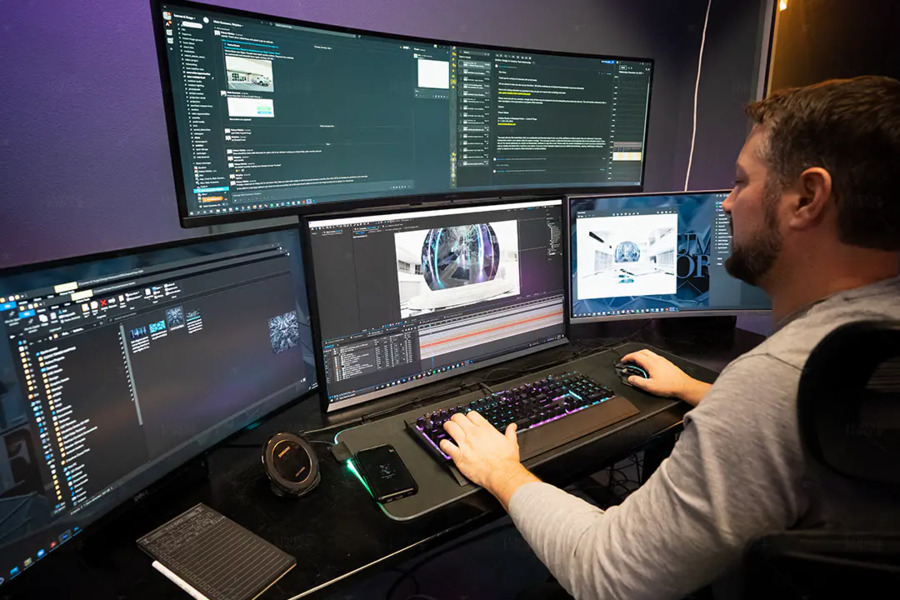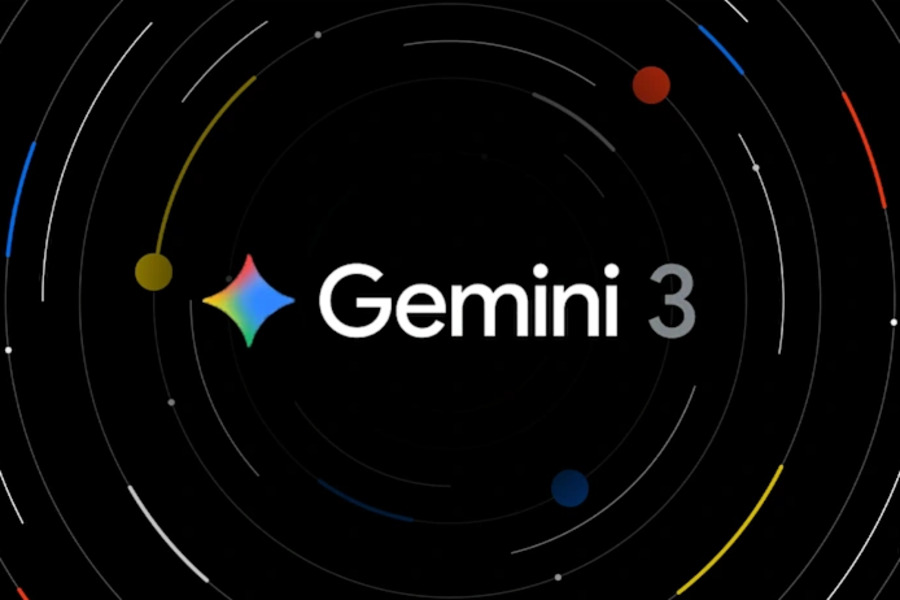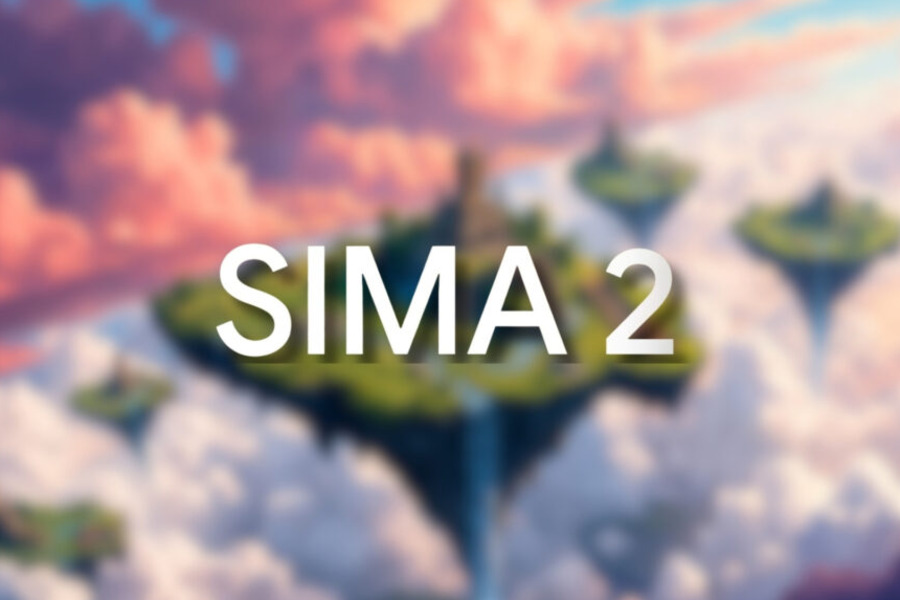A new AI-powered tool named Tinker Diffusion is transforming the landscape of 3D content creation by achieving multi-view consistent generation from sparse inputs—without requiring per-scene optimization.
By leveraging advanced diffusion models, the technology converts limited image data into high-quality 3D scenes efficiently and accessibly, opening new possibilities across industries including gaming, VR, and film.
Keep reading to learn how Tinker Diffusion is setting a new standard in 3D reconstruction.
What is Tinker Diffusion?
Tinker Diffusion is an innovative AI system designed for multi-view consistent 3D editing and generation. It tackles one of the most persistent challenges in computer vision: producing geometrically stable and visually coherent 3D scenes from only one or a few input images.
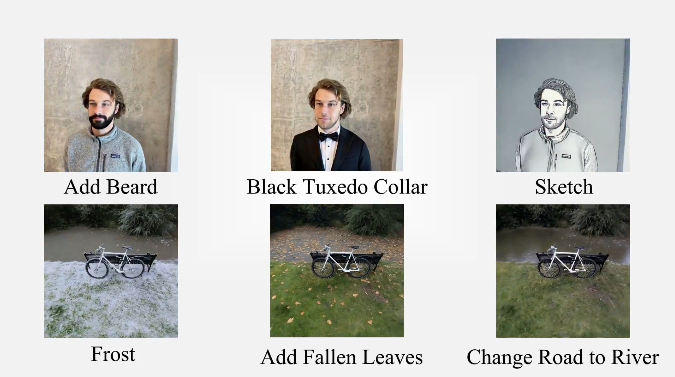
Traditional 3D reconstruction techniques typically depend on hundreds of overlapping images and computationally expensive optimization processes—often resulting in artifacts, inconsistencies, and long processing times.
In contrast, Tinker Diffusion uses a pre-trained video diffusion model integrated with monocular depth estimation to produce high-fidelity 3D outputs from sparse inputs. This streamlined approach significantly reduces both time and resource requirements, making high-quality 3D modeling accessible to a wider audience.
Core Technology of Tinker Diffusion
The system combines several cutting-edge techniques to deliver its breakthrough performance.
1. Monocular Depth Priors
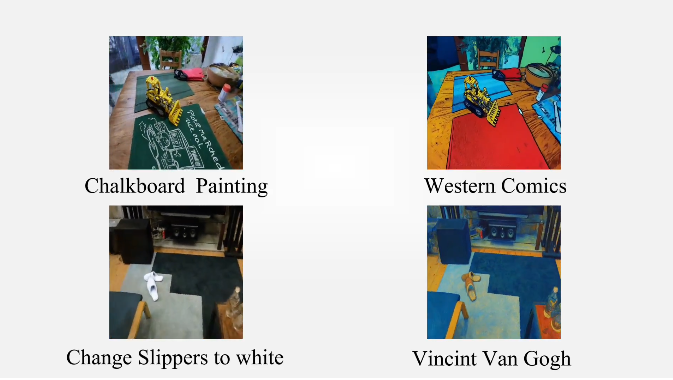
Tinker Diffusion uses monocular depth estimation to derive 3D structural information from a single RGB image. This depth data serves as a geometric guide throughout the synthesis process, ensuring that object proportions and spatial relationships remain accurate across generated viewpoints.
2. Video Diffusion Models
By adapting video diffusion models—originally designed for temporal coherence—Tinker Diffusion achieves pixel-level accuracy and continuity across multiple views. This approach mitigates the problem of error accumulation commonly found in autoregressive generation methods, resulting in smoother transitions and higher visual consistency.
3. Correspondence Attention Mechanism
A key innovation in Tinker Diffusion is its novel correspondence attention layer, which employs epipolar geometry constraints and a multi-view attention mechanism. This component ensures that all generated views are consistent in 3D space, significantly enhancing geometric accuracy and fine-grained texture detail.
Key Advantages of Tinker Diffusion
1. Unprecedented Efficiency
Unlike optimization-heavy approaches such as NeRF or 3D Gaussian Splatting, Tinker Diffusion uses a feedforward generation process. It can produce a complete 3D scene from a single image in approximately 0.2 seconds—orders of magnitude faster than many non-latent diffusion techniques.
This speed makes it ideal for real-time applications in VR, AR, robotic navigation, and animated content production.
2. Exceptional Versatility and Quality
The model performs robustly across a variety of scenarios, from single-image reconstruction to multi-view synthesis from sparse imagery. In comparative evaluations on standard datasets such as GSO, Tinker Diffusion consistently outperformed competing methods like One-2-3-45 and SyncDreamer in key metrics including PSNR, SSIM, and LPIPS.
It excels particularly in preserving geometric integrity and recovering high-frequency details.
Who is Tinker Diffusion For?
Tinker Diffusion serves a broad spectrum of users within digital content creation and technology development:
- 3D Artists and Designers: Its user-friendly workflow and rapid generation capability allow artists to quickly iterate and prototype without deep technical expertise or high-end hardware.
- Game Developers: The tool accelerates the asset production pipeline, enabling the quick generation of diverse and detailed 3 models from minimal reference material.
- AR/VR Developers: For those building immersive environments and metaverse platforms, Tinker Diffusion offers a scalable solution for generating consistent and realistic 3D assets.
- Researchers and Engineers: Academics and industry researchers can leverage its open framework to advance work in computer vision, generative AI, and spatial computing.
Conclusion on Tinker Diffusion
Tinker Diffusion represents a major leap forward in AI-assisted 3D content generation. By dramatically reducing input requirements and generation time while improving output quality, it provides a practical and scalable tool for professionals and creators alike.
As the technology continues to evolve, it is expected to play a significant role in democratizing 3D design and enabling new interactive and immersive experiences in gaming, simulation, and virtual storytelling.
With its fusion of monocular depth sensing and video diffusion models, Tinker Diffusion not only addresses long-standing challenges in sparse-view 3D reconstruction but also sets a new benchmark for what’s possible in automated content creation.
You Might Also Like: Best AI Image Generators
